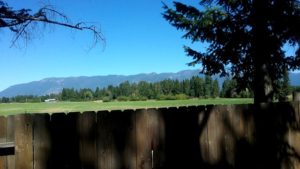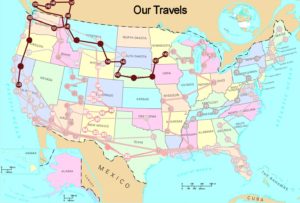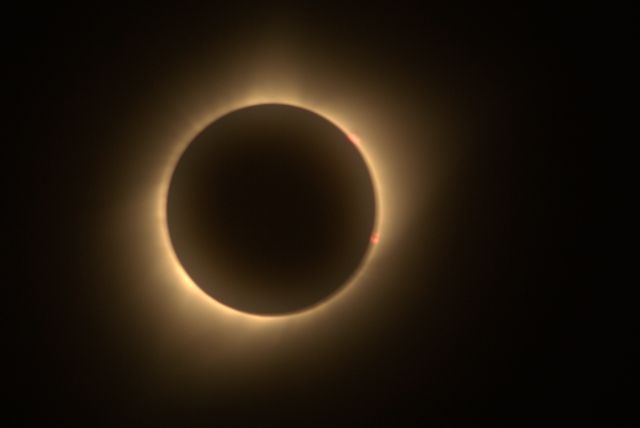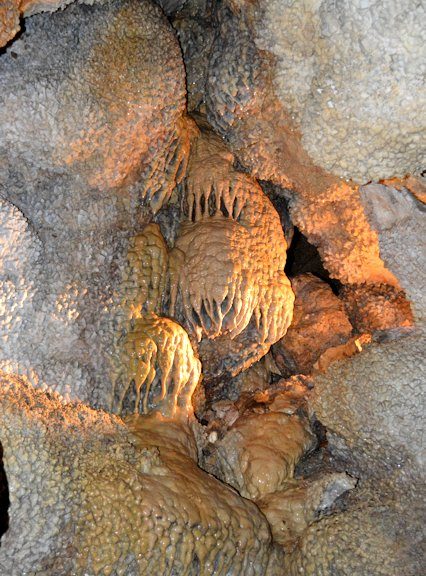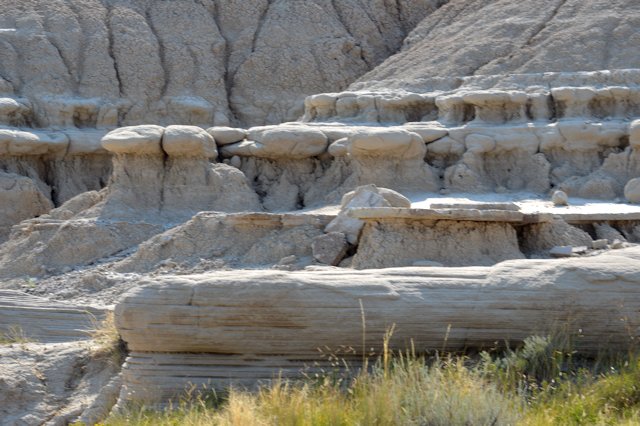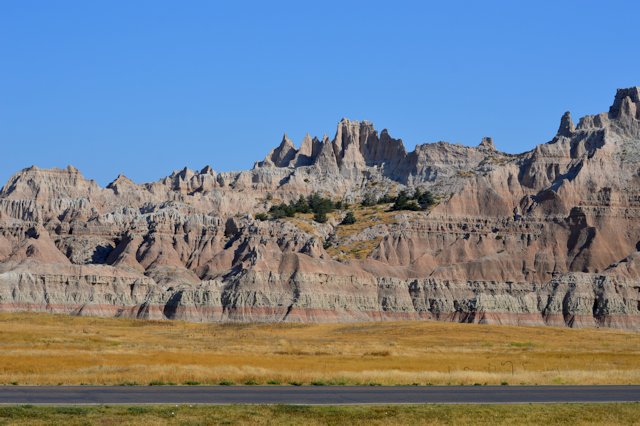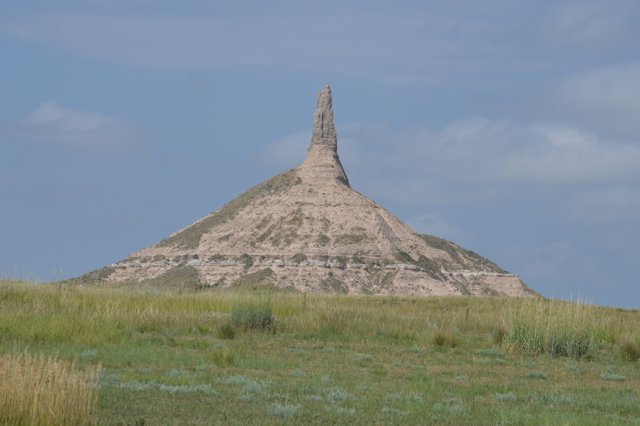August 21, 2017 was the day of a total solar eclipse that passed through a band of the U.S. In the middle of that band was Casper, WY. We chose to view the eclipse from Casper as it was in an area with a good change of clear skies and indeed it was a clear blue sky the morning of the eclipse. There was a little haze in the northern sky due to the fires in Montana and Idaho.
Even though we made reservations in March we couldn’t find a place closer to Casper than Buffalo, 1.5 hours to the north. So, we got up early and hit the road to drive into Casper on the 21st.
I had signed up months ago for a newsletter from the “Casper Eclipse” group, as Casper was planning a 4-day festival to celebrate the eclipse and to service the thousands and thousands of visitors that were expected. So I had seen news of the downtown festival, events planned all around the city, as well as news about the crowds, shortages of bathrooms etc.
We decided to go to the Tate Geologic Museum at the southern end of town to see the eclipse. We’d been to the museum before and knew it was part of the Casper College campus. When we arrived at the campus about 8:30a.m. on the 21st we found that the college had opened several parking lots for free for eclipse viewing, had several buildings open for restroom availability, had several venues available for food and had lots of students, staff and security personnel available for first aid, selling beverages, directing traffic etc. It was PERFECT!
We had arrived early enough to get a good parking spot, right next to some grass and several trees, so we had shade to wait for the eclipse. We watched the parking lot fill up and saw lots of people set up canopies, chairs, tripods etc. Lots of kids were running around and playing. Lots of people were enjoying the cool weather (mid-70s).
Then it was time for the big event!! At 10:22 the partial eclipse began, and using cameras and eclipse viewing glasses we could see an edge missing on the sun. Over the next 100 minutes the missing spot grew and grew, until 11:42 when the totality began.
Until 11:40 it was still pretty bright out. But, at 11:41 it got dark real quick and cooled off. People started cheering, and fireworks were set off at various places around campus and around the city.
That, unfortuntely, freaked Laddy out! He started shivering and jumping around and I worked to keep him calm and not knock over Jeff’s tripod. I was able to get my glasses on and see it briefly when it just showed the corona, and then when the “diamond ring” showed. Poor Laddy!
Then, at 11:45 the totality was over and it started to get lighter and lighter. Laddy was still shivering and scared though. It really cooled off too, I had my jacket and Jeff commented on how cool it got.
As soon as the totality was over people started leaving. We stayed for a while, but then decided to head back.
Here are some pictures of the eclipse that we took:
Eclips about quarterway to total
Total Eclipse with sunspots
Diamond Ring effect at end of totality
Eclipse about halfway to total
The parking area at 8am already filling up
We waited for and then viewed the eclipse from a real nice spot
Laddy was prepared for the eclipse with glasses too


